テキスタイルデザイン / SOU・SOUオリジナルのテキスタイルデザイン紹介
“きんかん 平成29年”
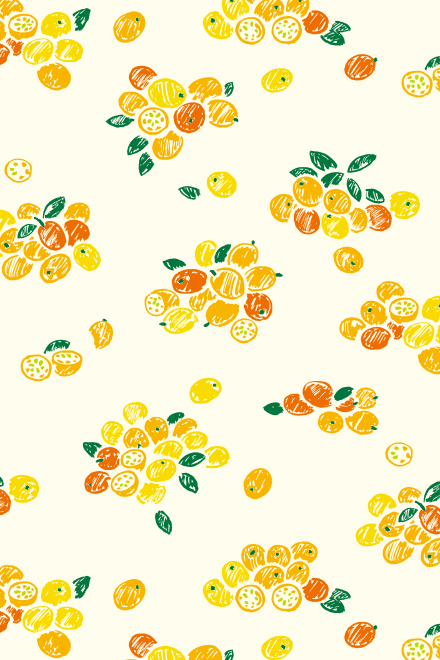

昔から 民家の庭などにも 植えられ
日本人には おなじみの果物。
1月から3月くらいが旬で
オレンジ色の小さく可愛いい実をつける。
果肉もさることながら皮ごと食べられる。
子供のころ風邪をひいて
のどが痛かった。
きんかんの甘露煮を食べさせられ
とろっとした甘味 適度な苦味と
酸味が のどの痛みを
やわらげてくれたのを思い出す。
(脇阪 克二)
"Kinkan"(2017,by Katsuji Wakisaka)
Kinkan, or kumquat is very familiar to Japanese people as a homegrown fruit.
They are in season during the winter from January to March.
Kinkan are small orange-like fruits that are usually eaten whole without peeling.
In Japan, it is said to be a natural cough suppressant and also relieves sore throats.
I remember their sour-sweet and slightly bitter taste helps relieve the pain in my throat when I was a child.
| English translation by LI XIAO XIAO |
"Kinkan / Fortunella"(2017, par Katsuji Wakisaka)
Le Kinkan, appelé Kumquat ou Fortunella, est cultivé dans les jardins des gîtes
et reste un fruit très apprécié des japonais.
Petit fruit orange dont la peau est comestible, il est de saison de Janvier à Mars.
Quand j’étais petit, il m’est arrivé d’attraper froid et d’avoir mal à la gorge.
On me faisait alors manger des Kumquats confits, dont la douceur suave,
l’amertume et l’acidité apaisaient mes douleurs à la gorge.
| Traduction française par Jean-Baptiste Fauvel Matsumoto |
"金柑"(2017, 脇阪 克二)
自古以來,日本人喜歡在院子裡種植金柑樹。
1月至3月金柑當令,
樹上結出橘色的可愛小果實,
可以連皮一起吃。
我小時候感冒喉嚨痛,
吃過金柑的甘露煮。
溫潤的酸甜和適度的苦味,
讓咽喉疼痛得以緩解。
| 中譯 : 李 瀟瀟 |
→こちらのテキスタイルデザイン商品
(Textile products with this pattern)







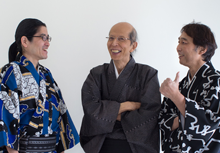

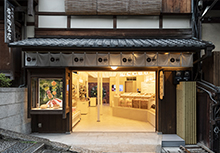

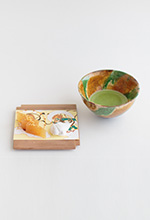
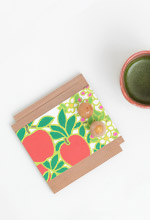
 お問い合わせ窓口
お問い合わせ窓口